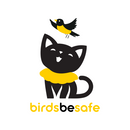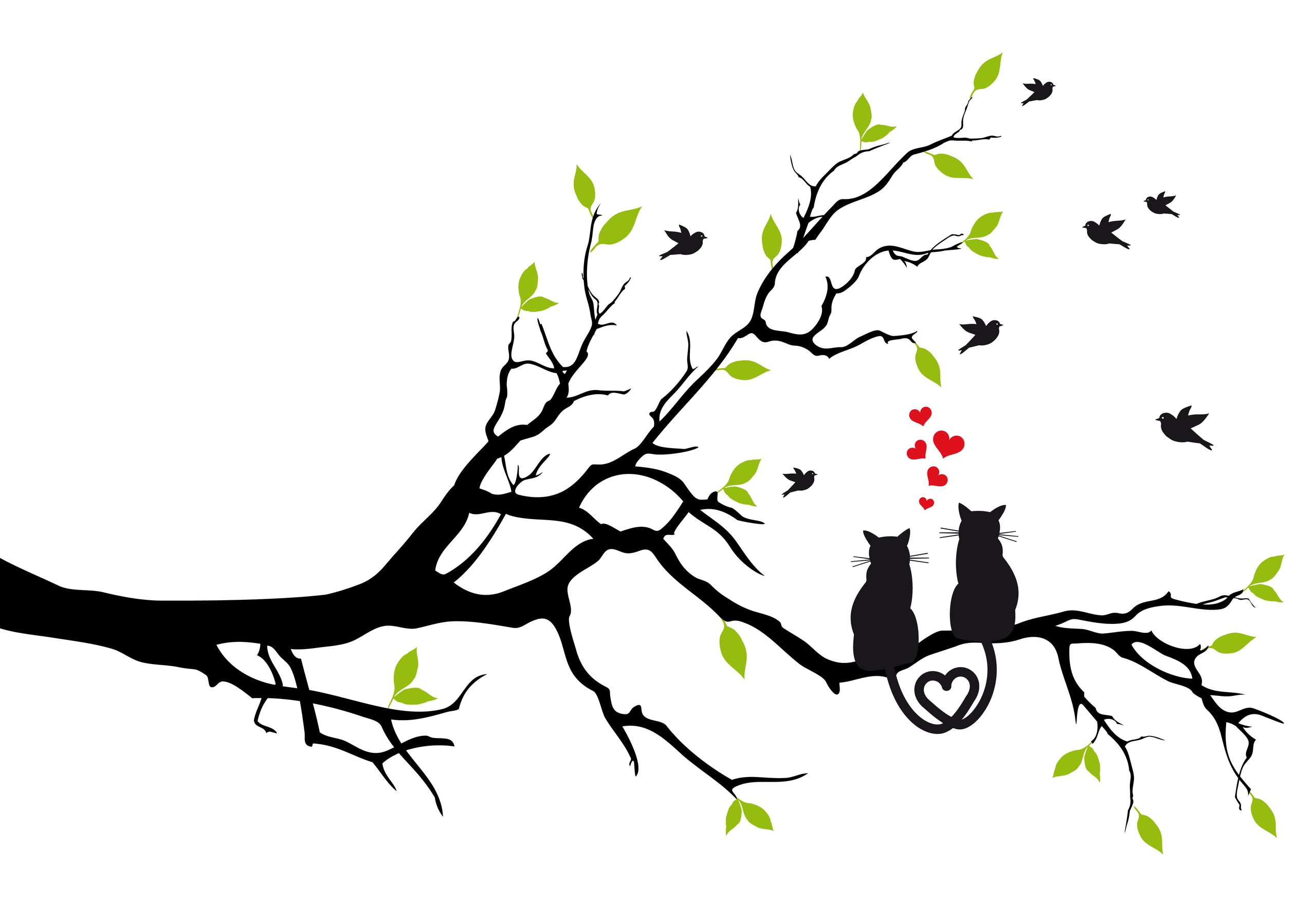Australian Field Study of Birdsbesafe® Cat Collar Covers in Perth, Australia
An independent scientific field study from Murdoch University assessed the efficacy of the Birdsbesafe® collar cover for cat predation on wildlife in the region around Perth, Australia. It was published as “Assessing the effectiveness of the Birdsbesafe® anti-predation collar cover in reducing predation on wildlife by pet cats in Western Australia” in Applied Animal Behaviour Science journal in January 2015.
Researchers collected the prey caught by pet cats, with and without the Birdsbesafe® device, from October 2012 to February 2013 and from October 2013 to January 2014.
ResultsThe Birdsbesafe® device proved to be effective in making a significant reduction in the numbers of birds caught. The Perth, Australia-based study showed a significant lessening of prey captures by both color-sensitive songbirds and lizards. The study recorded a 54% and 47% reduction in all color-sensitive prey caught in each the respective time periods.
Additionally, in the first study time period, several colors and patterns of Birdsbesafe collar covers were tested. The pattern with stripes of red, yellow, fuschia, black and white showed strongest protective effects. The report mentioned that: “Sixty-four per cent of owners using the red collar, 48% using rainbow and 46% using yellow believed that it worked.”
The Australian research team surveyed participants at the conclusion of the field study. They found that 77% of cat owners planned to continue using the Birdsbesafe® device.
Additionally, 96% of cats in the study adjusted to the collar cover within two days. The St. Lawrence University study found similar results, with 71% of cats having no problem with the collar and another 8% adjusted within two days of wearing Birdsbesafe collar covers.
No reduction in mammal captures was noted, and in regions where there are rare, endangered or other mammals to preserve, Birdsbesafe may not be the best deterrent. Interestingly, "to date, the [Birdbesafe® device] is the only predation deterrent protecting herpetofauna."
Birdsbesafe® LLC Comments on Differences in U.S. Versus Australian Findings
1) The biggest difference in the studies from the U.S. and Australia may arise from the studied housecats in the Perth region not being generally very active in their hunting of birds. Many of the study cats did not capture any birds. With low capture rates across the board, it is hard for the study to demonstrate the true protective effect of the Birdsbesafe collar cover. Many of the comments in the study provide support for the effectiveness of Birdsbesafe covers, but unlike in the U.S. study, cats were not pre-selected as avid hunters.
2) The colors and patterns tested in the earlier of the two trial periods may not have been as strongly effective as colors and patterns now sold in 2016. Birdsbesafe LLC’s understanding of which colors and patterns work best has evolved over time. It is worth noting that striped patterns continue to perform well, according to informal pet owner feedback from the region.
3) Bird species that are preyed upon by cats in western Australia differ from those in U.S. where Birdsbesafe was developed. Some bird species were preyed upon frequently in the Perth area that are not overly common cat predation victims in the United States. These species include honey-eaters (not found in the U.S. at all), doves and pigeons. The susceptibility of these birds may be different than that of backyard songbirds commonly preyed on where Birdsbesafe covers were developed in North America.
Doves and pigeons are not songbirds, so they may not see Birdsbesafe® products' colors as well as do songbirds (passerines). "Honey-eaters", which are nectar-seeking birds, may have different perceptions of certain colors or patterns that are not the same as other songbirds.
A second scientific field study conducted by Catherine Hall and other Murdoch University researchers measured the cats’ locations and their travel when wearing Birdsbesafe cat collar covers. This field study was published as “Do collar-mounted predation deterrents restrict wandering in pet domestic cats?” in the Applied Animal Behaviour Science journal in March 2016.
They showed that cats wearing Birdsbesafe® collar covers roamed over a mean of .58 hectares when wearing the device and a mean of .50 hectares when not wearing it. “The means for the core home range (50% KDE) were 0.15 ha and 0.14 ha respectively.”
The authors conclude that roaming is not significantly increased when the cats wore the device, nor is it significantly curtailed.
An interesting finding was that the cats returned home after less time when they were wearing the Birdsbesafe® cat collar cover, perhaps because they were unable to find the same success hunting.
Copyright 2016, Nancy S. Brennan, all rights reserved.







